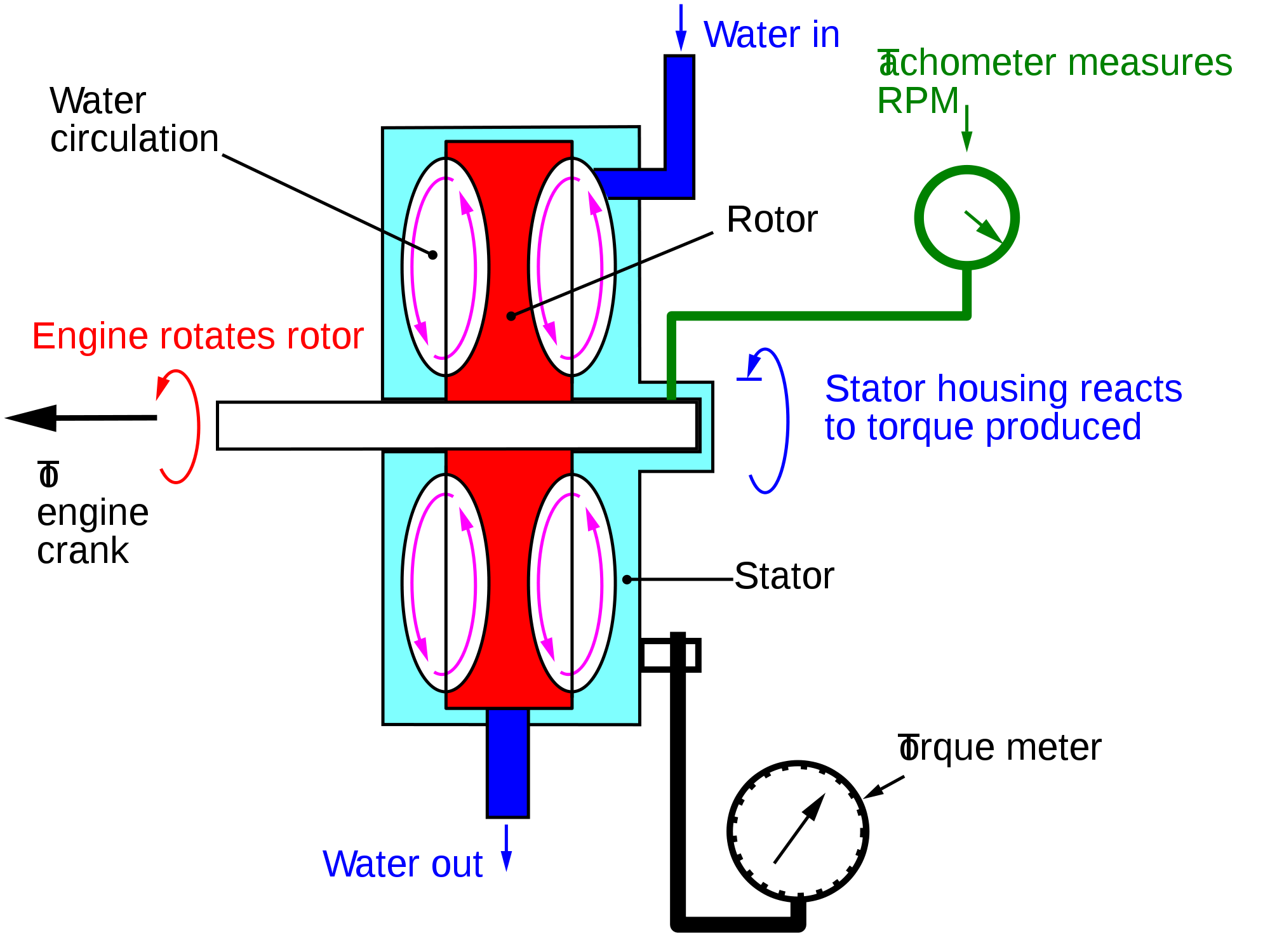TYPES OF DC GENERATORS
Types of DC GENERATORS : The magnetic field in a DC generator is normally produced by electromagnets rather than permanent magnets.
Generators are generally classified according to their methods of field excitation.
On this basis, dc generators are divided into the following two classes:
(i) Separately excited dc generators
(ii) Self-excited dc generators
The behaviour of a dc generator on load depends upon the method of field excitation adopted.
TYPES OF DC GENERATORS (i)Separately Excited DC Generators
A dc generator whose field magnet winding is supplied from an independent external dc source (e.g., a battery etc.) is called a separately excited generator.
Fig shows the connections of a separately excited generator.
The voltage output depends upon the speed of rotation of armature and the field current (Eg =PfØ ZN/60 A).
The greater the speed and field current, greater is the generated e.m.f.
It may be noted that separately excited dc generators are rarely used in practice.
The dc generators are normally of self-excited type.
Armature current, Ia = IL
Terminal voltage, V = Eg – IaRa
Electric power developed = EgIa
Power delivered to load = EgIa – Ia2Ra
TYPES OF DC GENERATORS (ii)Self-Excited DC Generators
A dc generator whose field magnet winding is supplied current from the output of the generator itself is called a self-excited generator.
There are three types of self-excited generators depending upon the manner in which the field winding is connected to the armature, namely;
(a)Series generator;
(b) Shunt generator;
(c) Compound generator
(a) Series generator
In a series wound generator, the field winding is connected in series with armature winding so that whole armature current flows through the field winding as well as the load.
Fig. shows the connections of a series wound generator.
Since the field winding carries the whole of load current, it has a few turns of thick wire having low resistance.
Series generators are rarely used except for special purposes e.g., as boosters.
Armature current, Ia = Ise = IL = I(say)
Terminal voltage, V = EG – I(Ra + Rse)
Power developed in armature = EgIa
Power delivered to load
(b) Shunt generator
In a shunt generator, the field winding is connected in parallel with the armature winding so that terminal voltage of the generator is applied across it.
The shunt field winding has many turns of fine wire having high resistance.
Therefore, only a part of armature current flows through shunt field winding and the rest flows through the load.
Fig. shows the connections of a shunt-wound generator.
Shunt field current, Ish = V/Rsh
Armature current, Ia = IL + Ish
Terminal voltage, V = Eg – IaRa
Power developed in armature = EgIa
Power delivered to load = VIL
(c) Compound generator
In a compound-wound generator, there are two sets of field windings on each pole—one is in series and the other in parallel with the armature.
A compound wound generator may be:
Short Shunt in which only shunt field winding is in parallel with the armature winding.
Long Shunt in which shunt field winding is in parallel with both series field and armature winding.
For more details about TYPES OF DC GENERATORS Click here
To see other topics in Basic Electrical and Electronics Engineering Click here
Click Here to Download the pdf of this topic TYPES OF DC GENERATORS.
Other links
PRINCIPLE OF DC GENERATOR AND OPERATION OF DC GENERATOR
CHARACTERISTICS OF DC GENERATOR
Principles of DC motor and Operation of DC motor
Classification and Types of DC Motor
Basic Equations of DC Motor and Applications of DC Motor
Construction of Single Phase Transformer, Principle of Operation of Single Phase Transformer
Basic Equations of Single Phase Transformer and Applications of Single Phase Transformer
Transformer on No Load and Load
Equivalent Circuit of Transformer
Voltage Regulation of Transformer
Single phase induction Motor – Construction, Principle of Operation
Types of Single phase induction Motor
